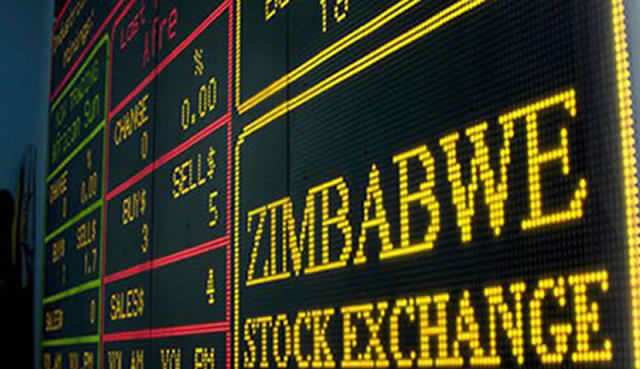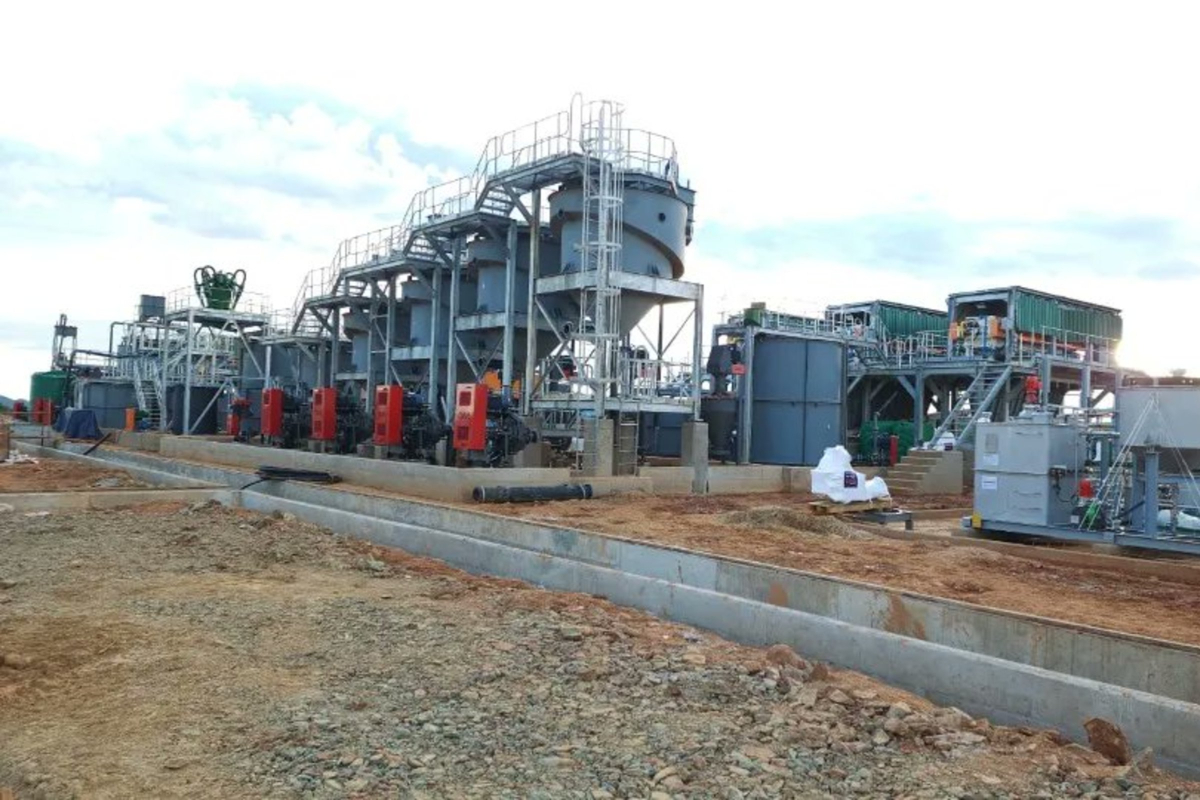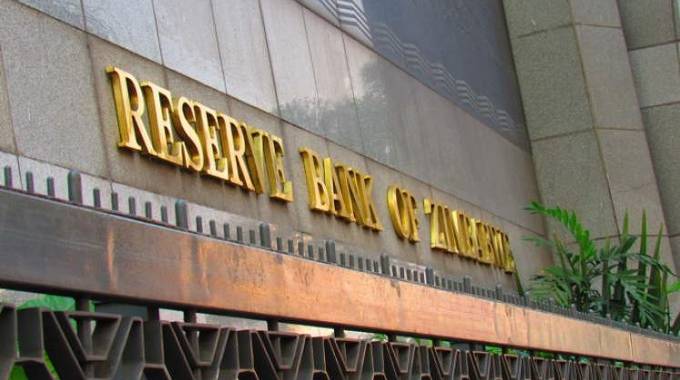ANNUAL broad money supply growth declined by 12,1 percent in the 12 months to January 2013 in a negative development for an economy in need of credit, the African Development Bank has said.
AfDB made the comment in its Zimbabwe Monthly Economic Review for March after noting that annual broad money, net of interbank deposits, declined from 33,2 percent in January 2012 to 21,1.
"The decline in annual M3 growth is unfavourable in a recovering economy with increasing demand for bank credit and also limited sources of credit outside the banking sector," AfDB said.
AfDB says there is still need for the Government and other key stakeholders to enhance the capacity of institutions such as the Zimbabwe Stock Exchange, so that they can cater for the increasing demand for credit, particularly long-term finance, in the economy.
On a month-on-month basis, broad money supply (M3) growth declined from 1,6 percent in December 2012 to -2,0 percent in January 2013, as the local market continued to haemorrhage.
But annual total banking sector deposits increased from US$3,15 billion in January 2012 to US$3,81 billion in January 2012, but declined from US$3,90 billion in December 2012 to US$3,81 billion in January 2013.
In January 2013, commercial bank weighted average lending rates for individuals and corporates firmed to 15,58 and 10,81 percent, from 15,08 and 10,40 percent in December 2012, respectively.
The cost of business finance also rose marginally after merchant bank weighted average lending rates for individuals firmed from 17,93 percent in December 2012 to 17,96 percent in January 2013.
But over the same period, merchant bank weighted average lending rates for corporates softened marginally, from 14,43 percent to 14,42 percent, the regional development finance bank said .
In general, AfDB said, lending rates were expected to decline, following the signing of the memorandum of understanding between the Reserve Bank of Zimbabwe and banks in January 2013 (effective February 1 2013). According to this memorandum only a 12,5 percent interest margin is allowable over and above the cost of funds. Some banks have already complied, others were already compliant before this measure was taken, while some others are yet to comply.
However, AfDB contends that banking institutions with high cost structures could experience challenges in complying with this requirement.
The MoU followed an outcry from the public and concerns from monetary and fiscal authorities about the manner banks were fleecing customers through exorbitant bank charges and punitive interest rates.
Authorities noted that banks, which charged as much as US$3,50 per withdrawal and up to 30 percent per annum on loans, made most of their money from fees and commissions, instead of lending.
But the financial institutions, while hugely profiteering from customers’ deposits, gave negligible or no interest on savings, seen by authorities as discouraging the mobilisation of deposits.
In January 2013, the range of commercial bank three-month and savings deposit rates remained at the November 2012 levels of 4 to 20 percent and 0,15 to 8 percent respectively. According to the 2013 National Budget Statement, deposits with a minimum of 30 days are to be paid an interest of at least 4 percent per annum. Deposit rates are expected to firm following the signing of the MoU.
- TH
.jpeg) Harare working to clear payroll backlogs
Harare working to clear payroll backlogs  Jabulani Khumalo banks on captured ConCourt to unseat Zuma
Jabulani Khumalo banks on captured ConCourt to unseat Zuma  Gates launches plan to reduce population growth in Africa
Gates launches plan to reduce population growth in Africa  ZSE pushes for another equities tax cut to boost selloffs
ZSE pushes for another equities tax cut to boost selloffs  2030: Zimbabwe will be using domestic currency
2030: Zimbabwe will be using domestic currency  Premier Minerals' Zulu Mine project impressive
Premier Minerals' Zulu Mine project impressive  Young Investment Professional (YIP) Graduate Programme 2019
Young Investment Professional (YIP) Graduate Programme 2019 
.jpeg)









 Young Investment Professional (YIP) Graduate Programme 2019
Young Investment Professional (YIP) Graduate Programme 2019
Editor's Pick